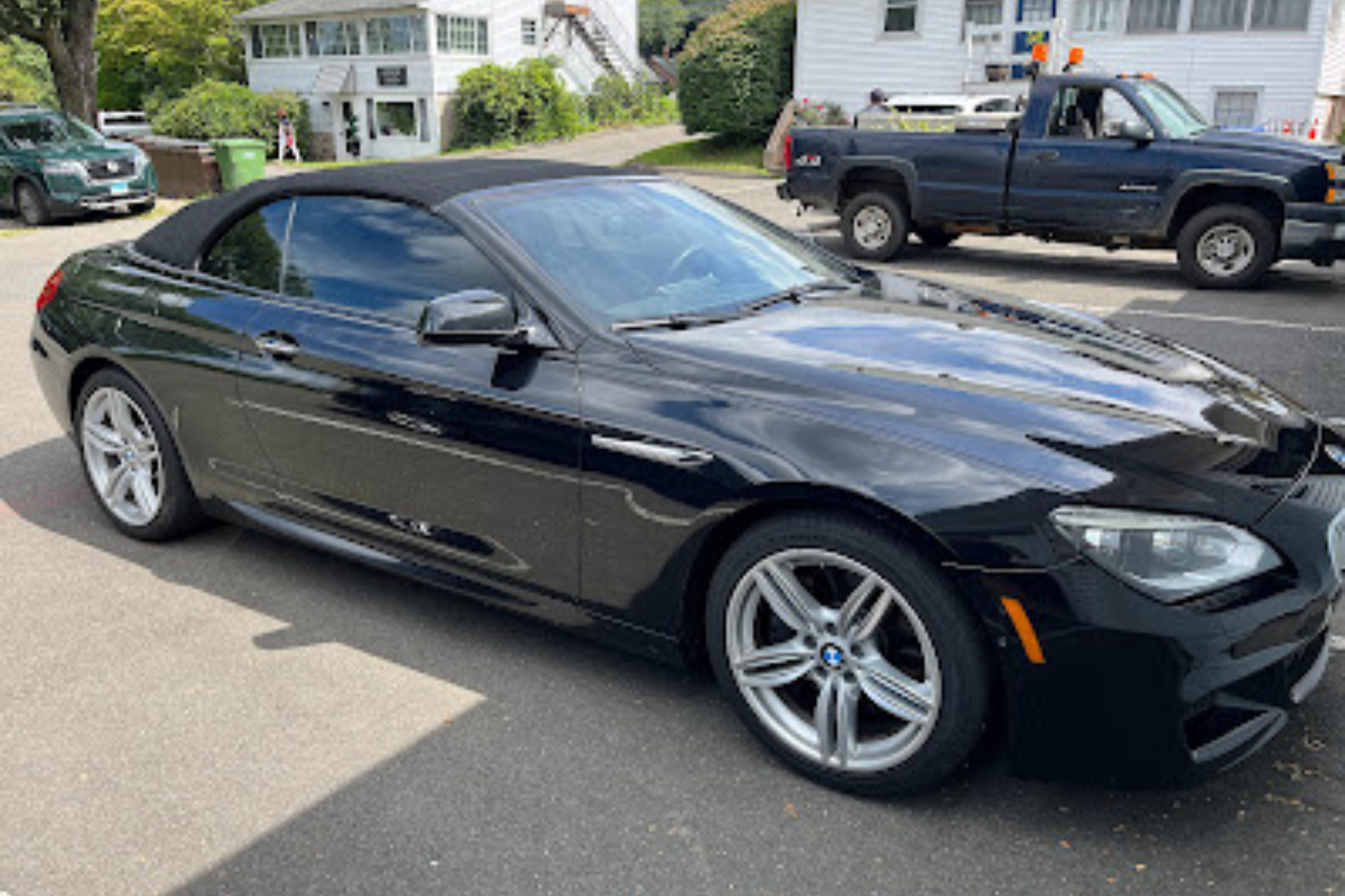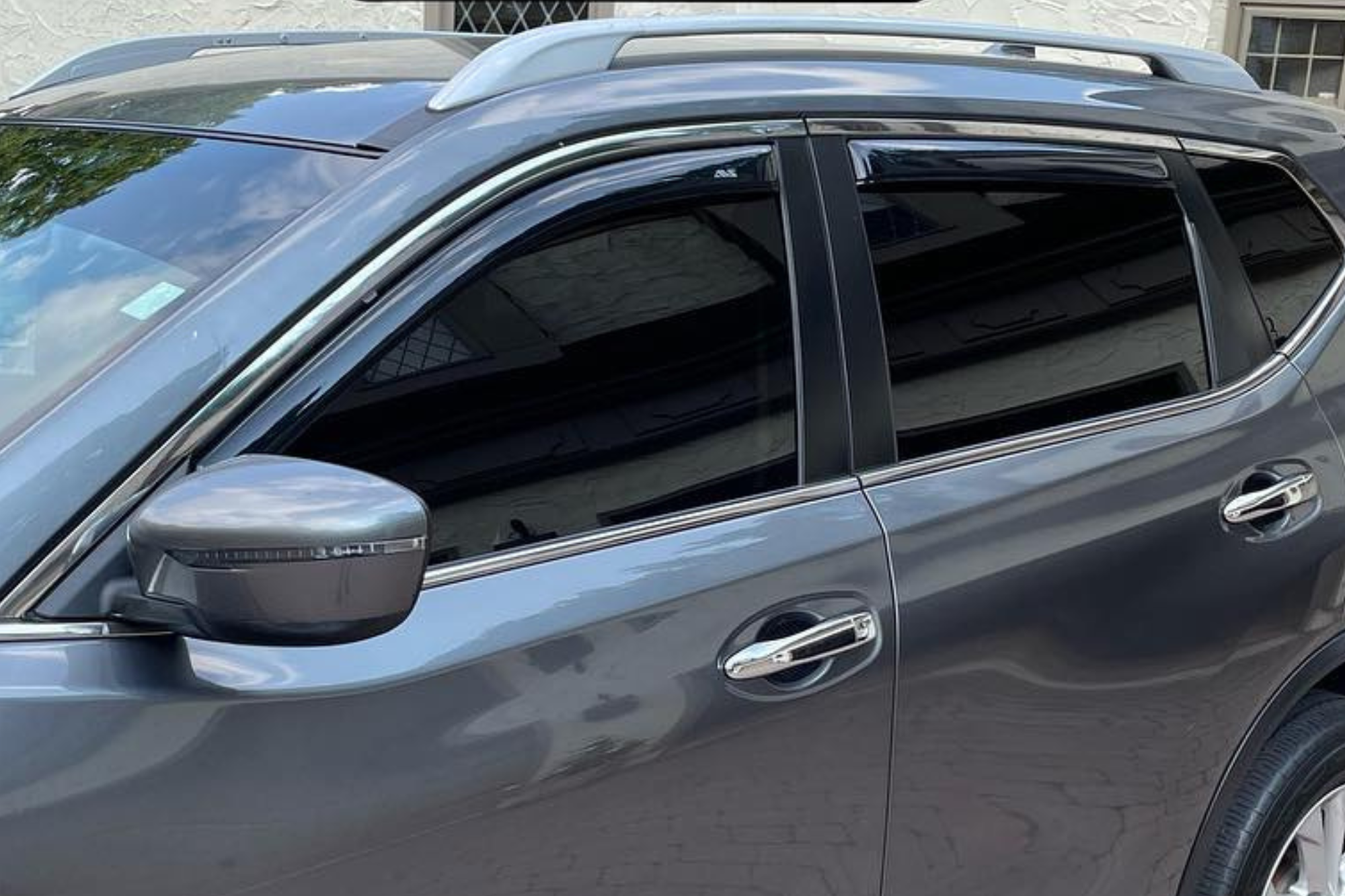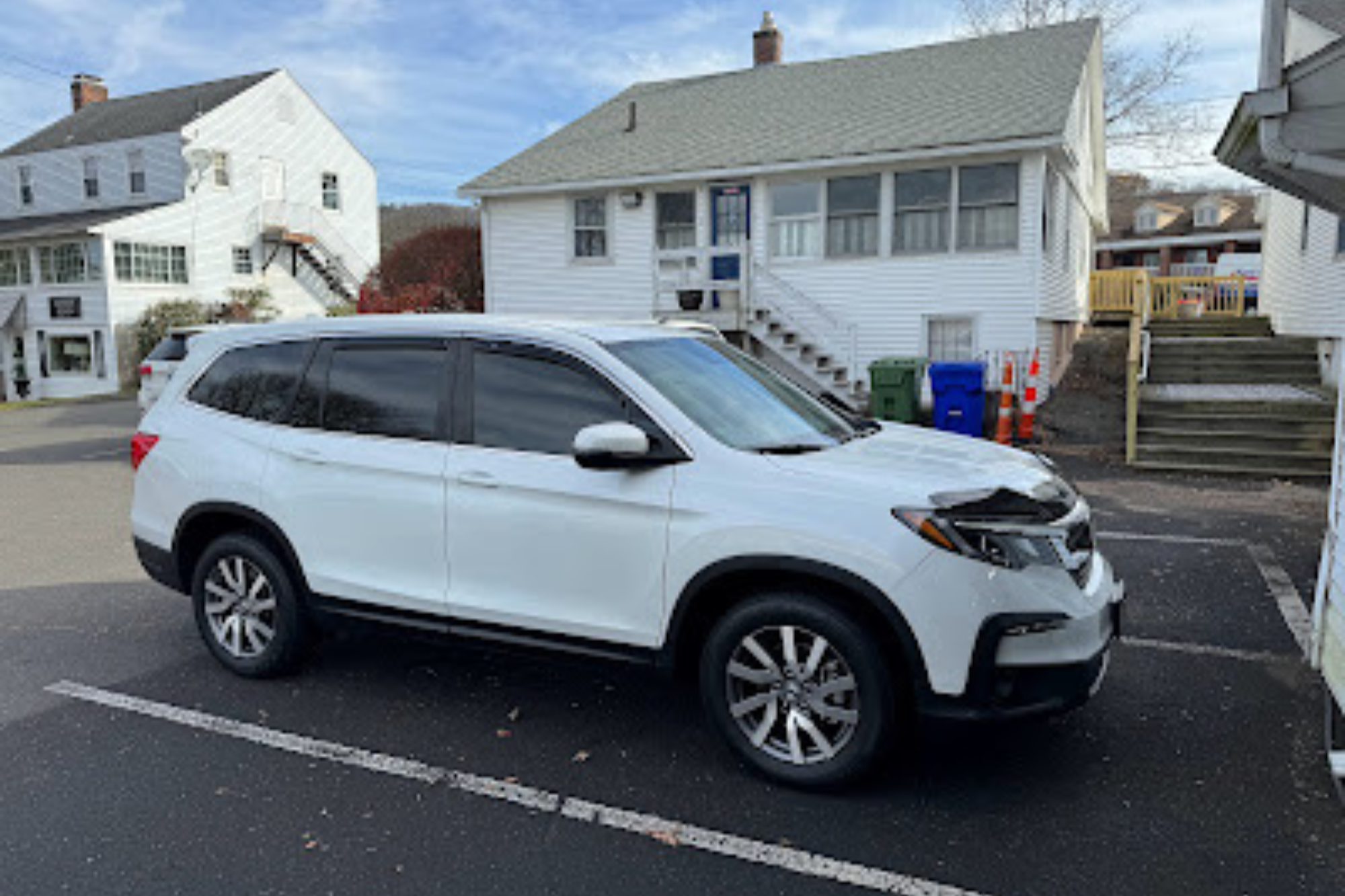If you’ve ever wondered just how long ceramic coatings can truly last on your vehicle, prepare to reveal the realities behind their durability. Beyond the bold claims and promises, understanding the intricate balance between application techniques, maintenance protocols, and external factors is key to accessing the full potential of ceramic coatings. So, before assuming a ceramic coating is a one-size-fits-all solution, let’s explore the nuanced details that can make all the difference in your quest for long-lasting protection.
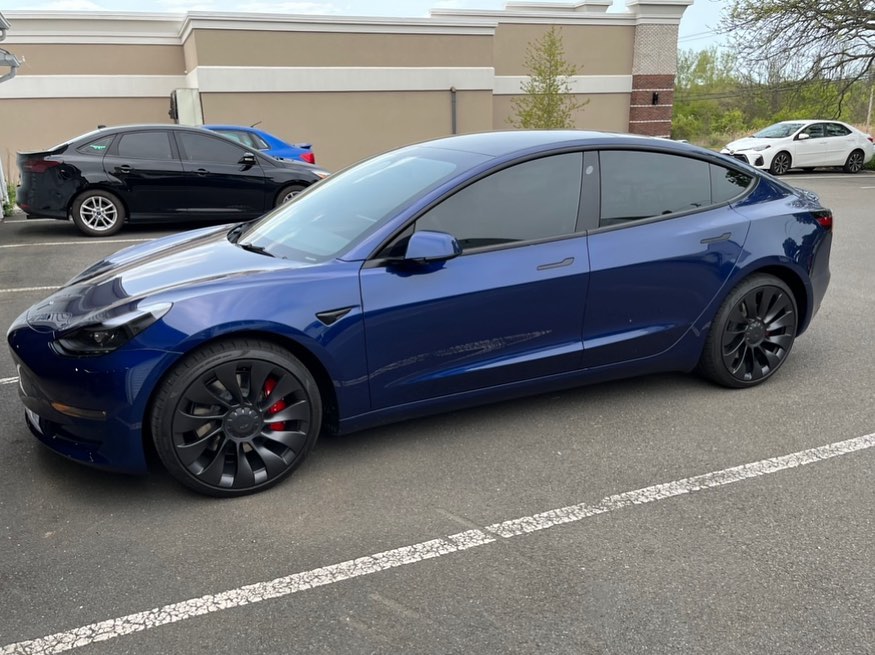
Key Takeaways
- Properly applied ceramic coatings can last up to 5 years.
- Regular maintenance enhances ceramic coating longevity.
- Environmental factors impact ceramic coating durability.
- The expert application ensures maximum ceramic coating lifespan.
- Quality ceramic coatings offer superior protection for vehicles.
Factors Affecting Durability
Factors that impact the durability of ceramic coatings include the quality of preparation, application methods, and environmental conditions. Let’s explore the essential aspects of application methods and product quality.
Regarding application techniques, how a ceramic coating is applied plays a vital role in determining its longevity. Proper surface preparation is fundamental; any impurities or flaws left on the surface before application can compromise the bond between the coating and the substrate, affecting its lifespan.
Additionally, the application method itself must be accurate and consistent to guarantee a uniform and sufficient coating thickness. Discrepancies in thickness can result in irregular wear and premature deterioration of the coating.
Product quality is another significant factor influencing how long a ceramic coating will endure. Top-notch coatings typically contain advanced formulations that improve durability and resilience to environmental pressures. Substandard products may deteriorate more rapidly, leading to a shorter lifespan and the necessity for more frequent reapplications.
When choosing a ceramic coating, it’s vital to assess the reputation of the manufacturer, the composition of the product, and any relevant certifications that validate its quality and performance standards.
Realistic Lifespan Expectations
When considering the realistic lifespan expectations of ceramic coatings, it’s important to understand the key durability factors and how they impact the longevity of the coating.
By adhering to proper maintenance tips, such as regular cleaning and avoiding harsh chemicals, you can greatly extend the lifespan of your ceramic coating.
These points play an essential role in determining the overall durability and performance of the ceramic coating on your vehicle.
Durability Factors
Consider the conditions in which the ceramic coating will be exposed to determine the realistic lifespan expectations. Factors such as the application process, the longevity of the coating, the protection levels it offers, and its cost-effectiveness play pivotal roles in determining its durability.
The application process is crucial as a proper application ensures the longevity and effectiveness of the ceramic coating. Additionally, the quality of the coating and the protection levels it provides against environmental elements like UV rays, chemicals, and abrasions directly impact its durability.
Ceramic coatings are known for their longevity, offering protection for multiple years when maintained correctly. While ceramic coatings may have a higher initial cost compared to traditional waxes or sealants, their long-term cost-effectiveness stems from the extended protection they provide, reducing the need for frequent reapplications.
Understanding these durability factors can help you set realistic expectations for the lifespan of your ceramic coating based on your specific needs and usage conditions.
Maintenance Tips
To ensure the realistic longevity of your ceramic coating, following proper maintenance tips is essential. Cleaning techniques play a vital role in preserving the coating’s longevity. Regularly wash your vehicle using a pH-balanced car shampoo and a soft microfiber wash mitt to prevent scratches that can compromise the coating. Avoid using strong chemicals or harsh tools that can prematurely wear down the ceramic layer.
In addition to cleaning, the frequency of waxing is another important aspect of maintenance. While ceramic coatings offer excellent protection on their own, applying a coat of wax every 3-6 months can improve the coating’s durability and provide an additional layer of defense against environmental contaminants. This extra step can help retain the coating’s water-repellent properties and shine over a prolonged period.
Maintenance Dos and Don’ts
Regularly clean your ceramic-coated surfaces using a mild car wash shampoo and a soft microfiber wash mitt to maintain their longevity and protective properties. When cleaning, avoid harsh chemicals or abrasive tools that can damage the ceramic coating. Opt for pH-neutral car wash soaps to preserve the coating’s hydrophobic properties and shine.
For effective cleaning, start by rinsing the surface to remove loose dirt and debris. Then, prepare a bucket with the recommended car wash shampoo diluted in water according to the manufacturer’s instructions. Use the soft microfiber wash mitt to gently wash the surface in straight lines, avoiding circular motions that may induce swirl marks. Rinse thoroughly and dry using a clean microfiber towel to prevent water spots.
To enhance the ceramic coating’s longevity, consider using specific maintenance products like ceramic coating boosters or detailing sprays designed for ceramic coatings. These products can help replenish the coating’s hydrophobic properties and maintain its gloss over time.
Additionally, applying a ceramic coating maintenance spray every few months can provide an extra layer of protection and rejuvenate the coating’s performance.
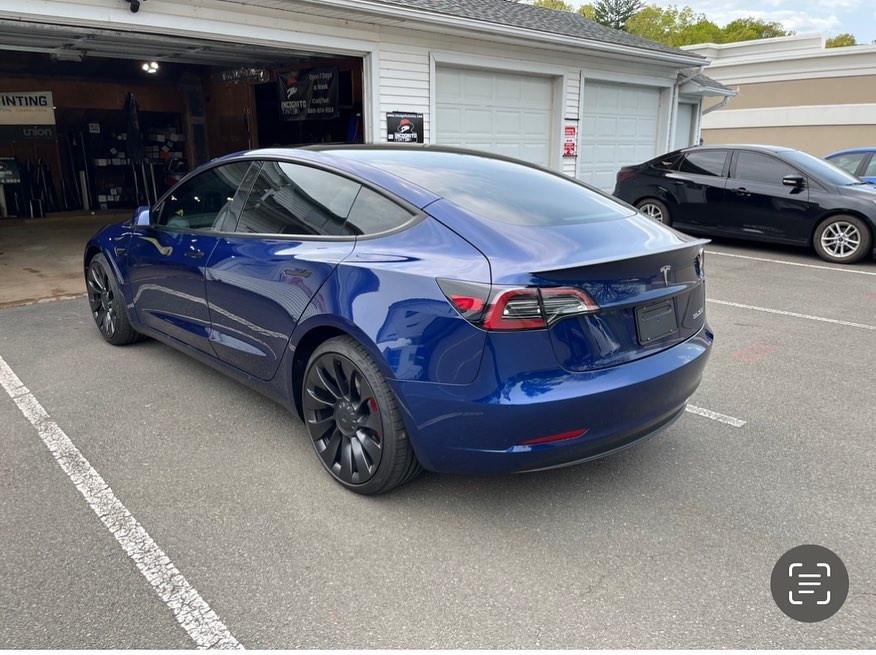
Environmental Impact on Coating
Consider the important role of climate in determining the longevity of ceramic coatings.
Exposure to UV radiation can have adverse effects on the protective properties of the coating.
Understanding how environmental factors impact the coating’s performance is essential for ensuring its durability and effectiveness.
Climate Influence on Coating
In evaluating the longevity of ceramic coatings, it’s essential to understand how different climates can impact the performance and durability of the coating. Temperature variations and moisture levels play a vital role in determining how well the ceramic coating will hold up over time.
In regions with extreme temperature changes, such as hot summers and cold winters, the expansion and contraction of the coating may lead to cracking or delamination. Additionally, high moisture levels can affect the adhesion of the coating to the surface, reducing its effectiveness.
Weather impacts and seasonal changes also influence the longevity of ceramic coatings. Exposure to harsh weather conditions, like heavy rain or snow, can wear down the coating faster, compromising its protective abilities. Seasonal changes, with fluctuations in temperature and humidity, can further stress the coating, potentially shortening its lifespan.
Therefore, when considering ceramic coating application, it’s crucial to factor in the specific climate of your region to guarantee optimal performance and longevity of the coating.
UV Exposure Effects
Exposure to ultraviolet (UV) radiation can have a big impact on the performance and durability of ceramic coatings. UV rays are a common environmental factor that can lead to ceramic degradation and sun damage.
When ceramic coatings are exposed to UV radiation over time, the bonds within the coating can break down, causing the coating to lose its protective properties. This degradation can result in decreased water repellency, gloss retention, and overall longevity of the coating.
Ceramic degradation due to UV exposure occurs as the UV rays penetrate the coating, causing a chemical reaction that weakens the ceramic’s structure. Sun damage can manifest as fading, yellowing, or cracking of the coating, reducing its effectiveness in protecting the underlying surface.
To mitigate the effects of UV exposure, it’s essential to apply ceramic coatings that are specifically formulated to resist UV radiation. Regular maintenance and reapplication of ceramic coatings can also help prolong their lifespan in the face of sun damage.
Signs of Coating Degradation
Detecting signs of coating deterioration can be important in maintaining the effectiveness of ceramic coatings. Two primary factors that contribute to deterioration are application errors and environmental harm.
Application errors such as uneven coverage, incorrect curing time, or inadequate preparation can lead to premature coating deterioration. It’s essential to follow the manufacturer’s instructions meticulously during the application process to guarantee the longevity of the ceramic coating.
Environmental harm is another significant factor that can cause coating deterioration. Exposure to elements like UV radiation, harsh chemicals, bird droppings, and road salt can gradually wear down the protective layer of ceramic coatings.
Regularly inspecting your ceramic coating for signs of damage is essential in catching early deterioration. Look out for dullness, patchiness, water spots that are difficult to remove, or a decrease in hydrophobic properties. If you notice any of these signs, it may be time to reconsider reapplying the ceramic coating to maintain the protection of your vehicle’s surface.
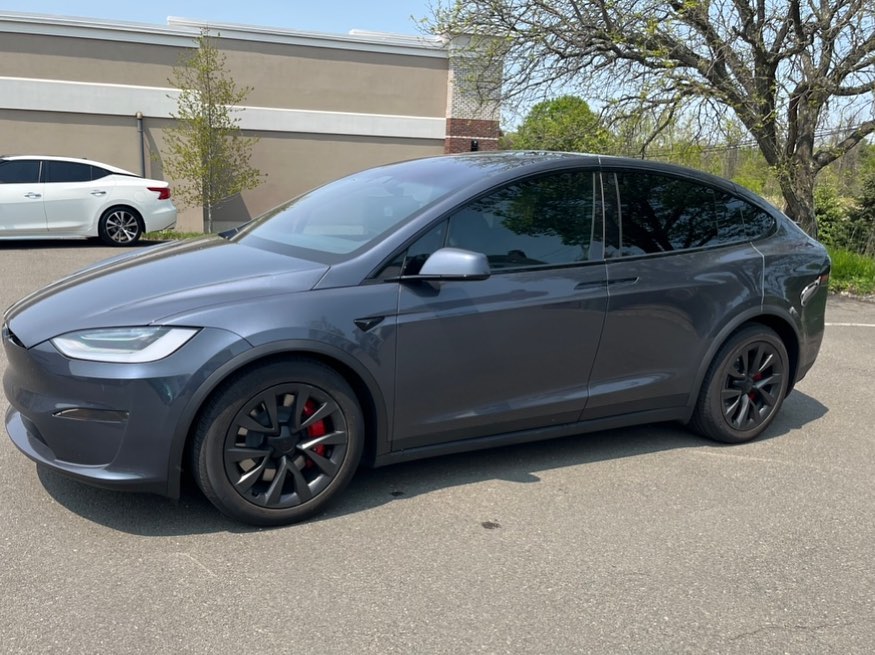
Comparing Ceramic Vs. Traditional Coatings
To evaluate the efficiency of ceramic coatings, it’s essential to compare them with conventional coating options. Let’s explore the performance, durability, application variances, and cost analysis of ceramic versus traditional coatings.
Concerning performance, ceramic coatings provide better protection compared to traditional coatings. Ceramic coatings offer a tougher and more resilient layer that can endure harsh environmental conditions and resist scratches more effectively than conventional options. This improved performance results in a lengthier lifespan for your vehicle’s paintwork.
Regarding durability, ceramic coatings surpass traditional coatings by a considerable margin. While conventional coatings may endure anywhere from 6 months to a year, ceramic coatings can safeguard your vehicle for up to 5 years with proper maintenance and care.
The application process also varies between ceramic and traditional coatings. Ceramic coatings necessitate precise preparation and application to guarantee maximum efficiency and durability. Conversely, conventional coatings are generally simpler to apply but may not provide the same level of protection or longevity.
In terms of cost evaluation, ceramic coatings are initially pricier than traditional coatings. Nevertheless, when you take into account the durability and superior protection offered by ceramic coatings, they often prove to be more economical in the long term.
Professional Application Importance
When considering the use of ceramic coatings, it’s important to recognize the significance of expert knowledge in ensuring the best performance and durability. The quality of application plays a vital role in determining the effectiveness of the ceramic coating. Expert application not only ensures a more precise and thorough coating but also maximizes the product’s potential.
Expert application of ceramic coatings often comes with warranties that provide added peace of mind. These warranties typically cover issues related to the application quality and the lifespan of the coating. Opting for an expert application can result in a more thorough coverage in case of any unforeseen circumstances.
In contrast, the DIY application of ceramic coatings may lack the precision and expertise experts bring. With the proper knowledge and experience, achieving the ideal coating thickness and uniformity can be easy. This can lead to inconsistencies in the coating, impacting its performance and durability over time.
Customer Experiences and Reviews
Examining customer experiences and reviews provides valuable insights into the real-world performance of ceramic coatings. Longevity testimonials from customers who’ve used ceramic coatings on their vehicles offer a practical understanding of how these products hold up over time.
By analyzing the feedback shared by individuals who’ve firsthand experience with ceramic coatings, you can gain a clearer picture of the durability and effectiveness of these products.
Customer satisfaction plays a pivotal role in determining the success of a ceramic coating. Positive reviews often highlight the longevity of the coating, showcasing how it maintains its protective properties over an extended period. On the contrary, negative reviews may point to issues such as premature wearing or a lack of durability, shedding light on potential drawbacks or areas for improvement.
When considering investing in a ceramic coating for your vehicle, taking the time to read through customer experiences and reviews can help you make an informed decision. Pay attention to recurring themes in testimonials, particularly regarding longevity and overall customer satisfaction.
This information can guide you in selecting a ceramic coating that aligns with your expectations and requirements for long-lasting protection.
Despite the initial investment necessary for ceramic coatings, their longevity and superior protection make them a cost-effective choice in the long run. While some may be deterred by the higher upfront cost, the extended lifespan and durability of ceramic coatings ultimately outweigh the initial expense.
Investing in a quality ceramic coating for your vehicle guarantees long-lasting protection and peace of mind, making it a worthwhile investment for any car owner.
